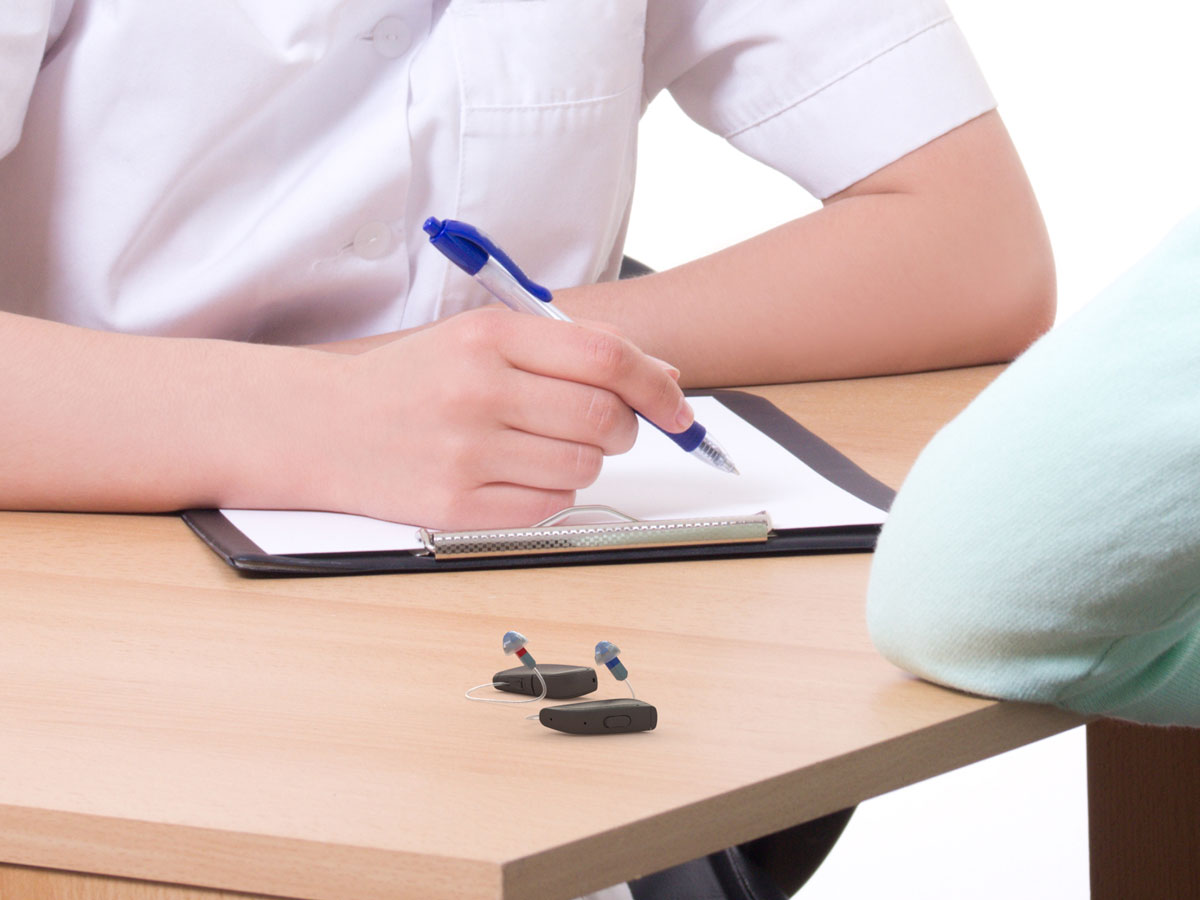When people try on hearing aids for the first time, the vast majority are pleasantly surprised. Today's hearing aids are lighter, smaller and more comfortable than ever before, and provide more natural hearing, even in challenging listening situations.
The process of choosing hearing aids is different for everyone. Most people prefer visiting professional hearing aid dispensers. These experts focus exclusively on the diagnosis of hearing impairment and the treatment of hearing loss with hearing aids. They can show you the newest hearing aid technology; tailor a solution to your particular lifestyle; and furnish continuous care of your hearing health and hearing aids over time.
Before you purchase hearing aids, take a moment to familiarize yourself with our How to Buy a Hearing Aid Checklist. By accomplishing each step, you're sure to enjoy a rewarding experience and a satisfying outcome.

How to buy a hearing aid checklist
- Seek out an enjoyable “patient experience” – A top-notch hearing care practice puts time and effort into making the entire process pleasant and professional for its patients. Answer these questions as you begin your evaluation: Is the location you have in mind conveniently located? Were you treated with respect when you phoned for an appointment? Were your questions answered clearly and were directions offered? How experienced is the hearing care specialist? Is the hearing care practice on the cutting-edge of technology? A bit of upfront research will make you happier down the line.
- Complete a lifestyle assessment – Your daily routine helps determine the right hearing aids for you. Are you an outdoor enthusiast? Are you retired or do you work? Do you often find yourself in noisy environments? Make sure your hearing evaluation includes questions about the way you live.
- Give a health history – Your general health, medications you take, childhood diseases, and your symptoms of hearing loss all influence the choice of hearing aid model appropriate for you.
- Have a comprehensive hearing exam – An otoscope should be used to visually inspect your ear canal and eardrum. Many cases of hearing loss are caused by earwax, eardrum perforation or an abnormality of the outer ear—none of which are helped by hearing aids. Next, hearing ability should be measured in each ear using tones of different frequencies, and speech sounds played through earphones. The results of these tests are plotted on a graph called an audiogram.
- Understand your results – If hearing deprivation is detected, your audiogram will show what kind of hearing loss you have-conductive, sensori-neural or mixed, and whether your hearing loss is mild, moderate, severe or profound. These factors are essential to selecting the style, shape, size and circuitry of the hearing aids right for you.
- Try before you buy – Today's hearing aids are easy to wear. They can automatically adjust sound according to changing environments, remember your listening preferences, recognize the difference between speech and other sounds, and so much more. Best of all, they're tiny and light, so they're practically undetectable. Demonstration models let you experience the look and feel of those hearing aids best suited to your hearing loss, lifestyle and expectations. Take a “test drive” before you buy to achieve a positive outcome.
- Ask about follow-up care – Once your provider fits you with new hearing aids, aftercare is recommended. Your hearing can change over time, requiring subtle adjustments to your hearing instruments. Also, hearing aids are highly sophisticated digital devices that perform best when regularly maintained. Many hearing care providers provide these services on a complimentary basis.
